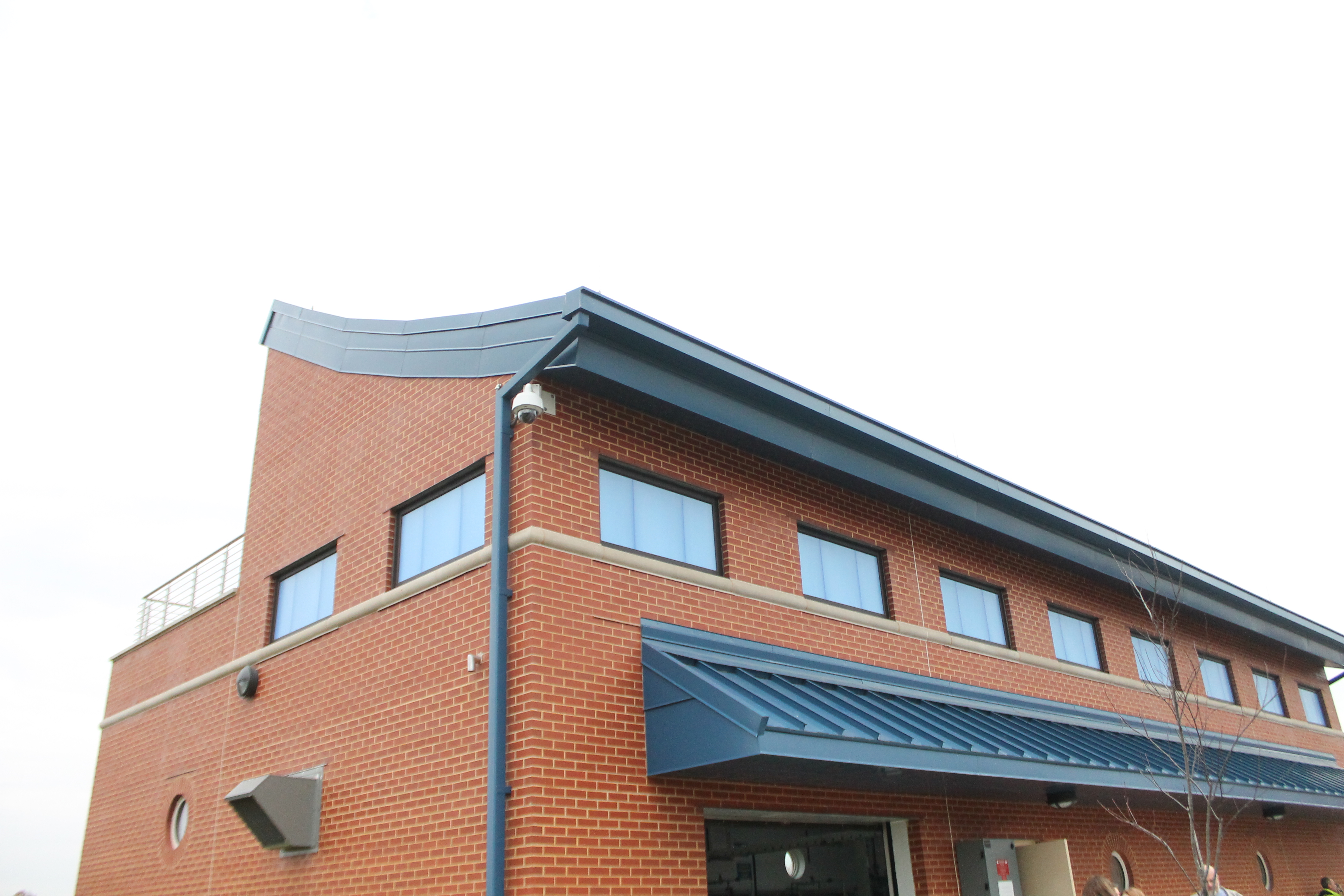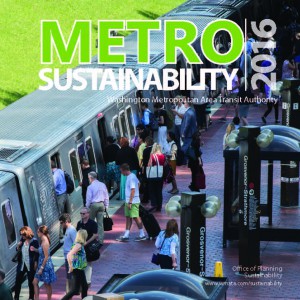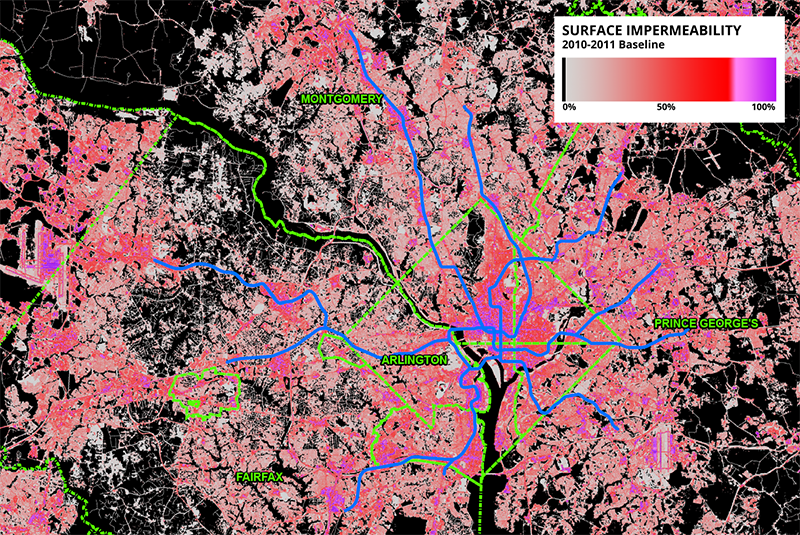Two years into operation Metro’s solar powered high efficiency water treatment facility continues to work as designed by producing as much energy as it needs on-site to perform the entire subsurface water treatment process.
 According to Basil Borisov, Environmental Engineer at Metro’s Office of Environmental Management and Industrial Hygiene, “During the summer of 2016, the Largo Water Treatment Facility has been generating more power than it uses. The monthly surplus of electricity has almost reached 300 kWh; for comparison, a typical refrigerator uses 50 to 100 kWh per month. Excess electricity was generated on more than 25 days out of each month.”
According to Basil Borisov, Environmental Engineer at Metro’s Office of Environmental Management and Industrial Hygiene, “During the summer of 2016, the Largo Water Treatment Facility has been generating more power than it uses. The monthly surplus of electricity has almost reached 300 kWh; for comparison, a typical refrigerator uses 50 to 100 kWh per month. Excess electricity was generated on more than 25 days out of each month.”
Clean energy water treatment supporting a clean Bay – keep up the good work.
As Earth Day approaches, we’ve documented the strong foundation of sustainable practices at Metro in our newly updated Sustainability Report.
 Metro has launched a rebuilding and service campaign that is aimed to bring riders back to Metro by providing safe effective and reliable service. Because service is one of the biggest sustainability benefits transit provides, rebuilding its ridership will help the authority reach the regional ridership, climate change and connected communities goals as outlined in Metro’s Sustainability Initiative.
Metro has launched a rebuilding and service campaign that is aimed to bring riders back to Metro by providing safe effective and reliable service. Because service is one of the biggest sustainability benefits transit provides, rebuilding its ridership will help the authority reach the regional ridership, climate change and connected communities goals as outlined in Metro’s Sustainability Initiative.
Metro’s annual sustainability report provides a rare view into Metro’s efforts to achieve the sustainability goals it set for itself – reporting on successes and setbacks alike. The past and future projects list under each target reads like an encyclopedia of transit agency best practices from testing energy efficient switch heaters to designing pedestrian accessible stations.
Rebuilding sustainably where possible will help Metro achieve long term financial savings while creating a cleaner, more modern, safer, and more reliable system. These investments will help Metro on it’s trajectory to reach its ambitious but achievable sustainability targets. To read more about Metro’s achievements to date and upcoming projects, check out Metro’s 2016 Annual Sustainability Report.
Tell us what you think of Metro’s sustainability efforts. We are always listening to new ideas for potential projects. Submit your ideas online or email them to planning@wmata.com.
Better urban planning can help save our rivers and the Chesapeake Bay—by reducing this region’s future impervious surfaces by 20%. Here’s why.
As many Washingtonians know, the Chesapeake Bay needs help. Dead zones and algae blooms appear every summer which destroy aquatic life in the Bay and threaten fishing, swimming, and economic health. A major contributor to this problem is rainwater runoff from paved roads, parking lots, and roofs. These are called “impermeable surfaces”. In contrast, permeable (or pervious) surface is one through which liquids are able to pass.
Grassy fields, woodlands and farmlands are excellent examples of this: rainwater or snowmelt soaks into the ground, pollutants in the water are filtered naturally, and excess water travels underground to streams and eventually (in the Washington region) the Chesapeake Bay.Rainfall that falls on impervious surfaces like paved roads, parking lots and roofs “runs off” unfiltered making its way to the Chesapeake Bay—along with nitrogen and sulfur oxides from vehicle emissions, motor oil, and road salt residue.

Figure 1 – Map of impermeability throughout the region with overlaid jurisdictional boundaries and Metrorail system for reference. Note the concentrations of highly-impermeable surfaces in central D.C., and at other activity centers like Dulles.
Read more…
Categories: Sustainability Tags: Chesapeake Bay, forecasts, landuse, open space, permeability, planning, stormwater, sustainability, transit, transit-oriented development, visualization, water and stormwater
 According to Basil Borisov, Environmental Engineer at Metro’s Office of Environmental Management and Industrial Hygiene, “During the summer of 2016, the Largo Water Treatment Facility has been generating more power than it uses. The monthly surplus of electricity has almost reached 300 kWh; for comparison, a typical refrigerator uses 50 to 100 kWh per month. Excess electricity was generated on more than 25 days out of each month.”
According to Basil Borisov, Environmental Engineer at Metro’s Office of Environmental Management and Industrial Hygiene, “During the summer of 2016, the Largo Water Treatment Facility has been generating more power than it uses. The monthly surplus of electricity has almost reached 300 kWh; for comparison, a typical refrigerator uses 50 to 100 kWh per month. Excess electricity was generated on more than 25 days out of each month.”



Recent Comments